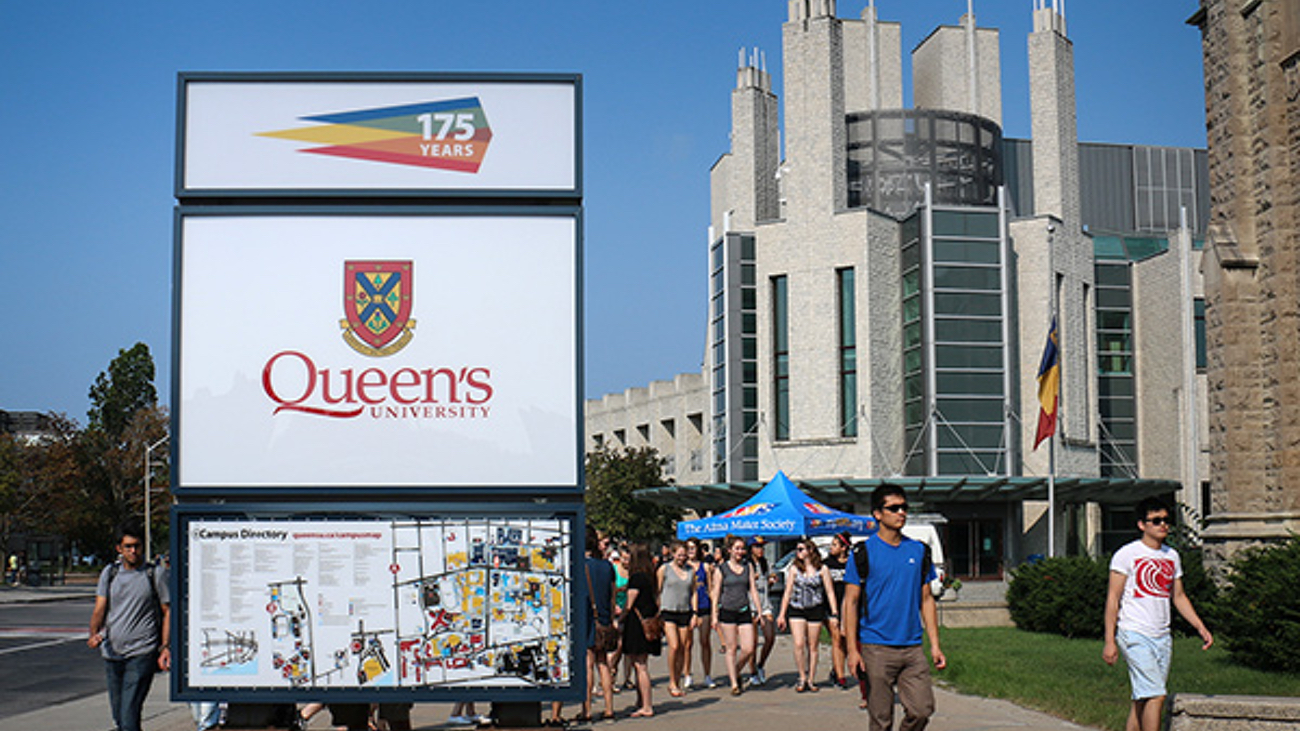
The Faculty of Law at Queen’s University is holding a town hall meeting today with students to discuss its recent proposal to admit an additional 35 law students each year.
The increase would generate $2 million in additional revenue that the school would use to hire more faculty and improve student programs, says William Flanagan, dean of the law faculty, in an interview with Precedent.
Without the ability to substantially raise tuition fees — a result of the provincial tuition cap — Queen’s is looking at alternative ways to compete financially with the Toronto law schools, says Flanagan.
Before the Ontario government began to regulate tuition fees in 2004, law schools in Toronto aggressively raised their fees, says Flanagan. On the other hand, Queen’s decided to increase tuition in smaller increments over time.
Then, when the province froze tuition fees in 2004, this locked in the disparity in law school tuition. In 2006, the freeze ended, but increases are still capped.
Today, the tuition at Queen’s is $16,125 while Osgoode Hall costs $21,593 and the University of Toronto charges $29,257. This gap, in the current system, is set in stone.
“I would like to see more tuition flexibility. No question,” says Flanagan. “I think the tuition landscape in Ontario is fundamentally unfair. It risks creating a two-tier system of legal education in Ontario, one the Toronto schools can afford and another tier for the rest. I will oppose that with all that I can.”
Flanagan also points out that Queen’s has never raised its enrolment from 165 students in the last 40 years. In contrast, since 1997, enrolment throughout Ontario law schools has increased from 1,091 to 1,388.
That fact, however, will not quell all concerns that an increase in students will change the school’s small community atmosphere and make it more difficult to secure articling positions. Flanagan says he expects these topics to be central at today’s meeting.
Flanagan says that an increase in enrolment will, in fact, help the school maintain its high placement rate (Queen’s currently has the highest placement rate of all Ontario law schools, according to last year’s articling task force, released by the Law Society of Upper Canada).
“My concern, over the long term, is that if we do not invest in our programs to keep up with competition, it’s not certain that we would be able to continue to attract such high calibre students and our placement rates would be affected,” he says. “I’m not holding out any hope that the province is going to do anything to address this tuition inequity and we have to do what we can within our means to remain one of Canada’s top law schools.”
Precedent will post a follow up after the meeting.
If you are a Queen’s student or faculty member, you can email us with a comment here.
